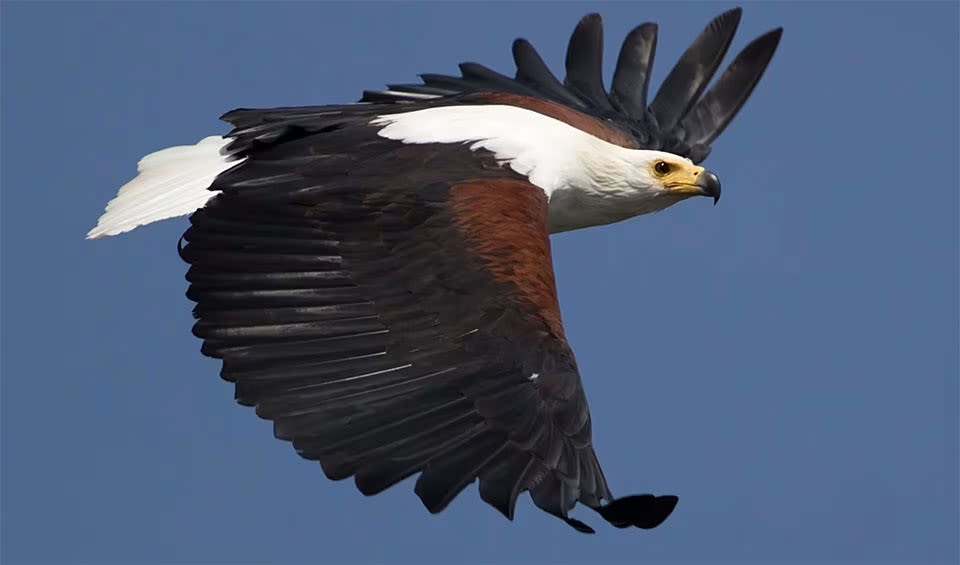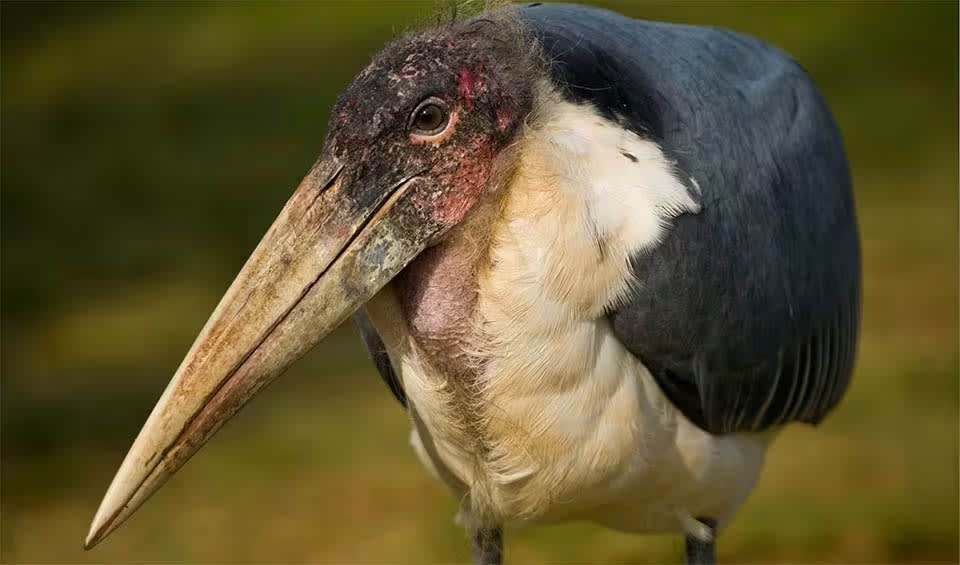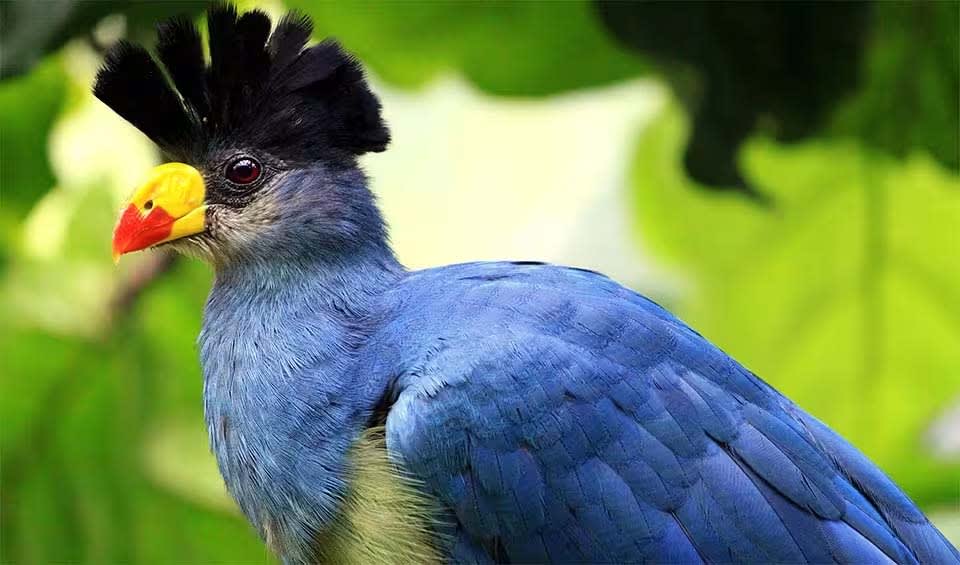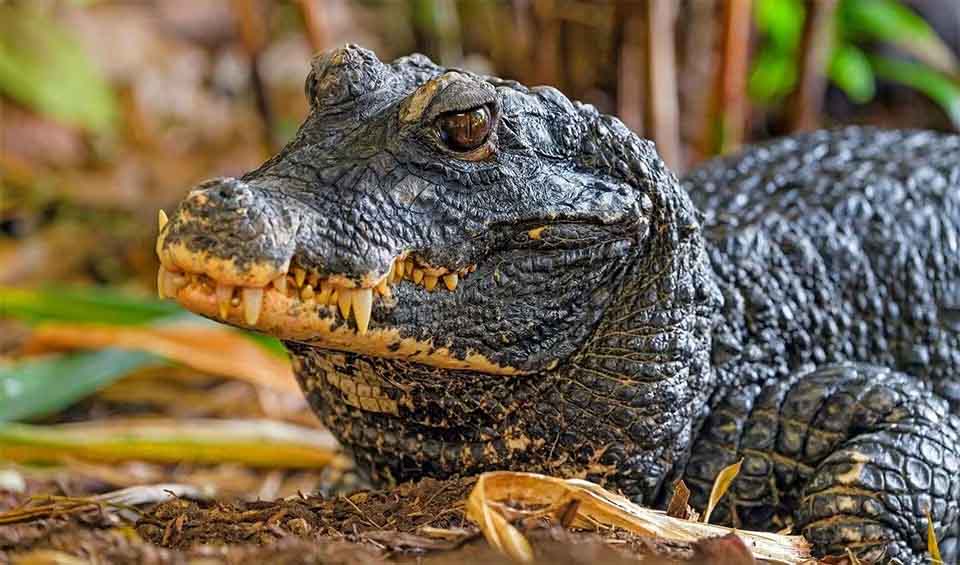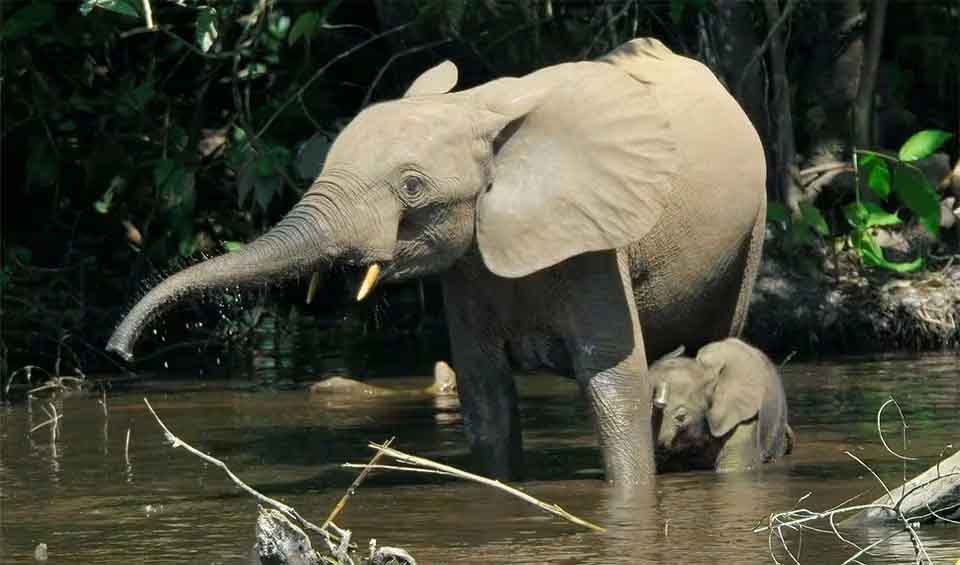Côte d’Ivoire, also known as Ivory Coast, is a West African nation bordered by Liberia and Guinea to the west, Mali and Burkina Faso to the north, Ghana to the east, and the Atlantic Ocean to the south. Its landscapes include coastal lagoons, rolling hills, and a mix of dense forests and savannahs in the interior regions. The country is part of the Upper Guinean rainforests, which are recognized for their incredibly diverse ecosystems. These rainforests, however, have been significantly reduced by deforestation.
This country has a tropical climate with a wet and a dry season. The southern part of the country experiences two rainy seasons (May to July and October to November), while the north has one rainy season from May to October. The climate supports a wide variety of plant and animal life but also poses challenges, such as occasional flooding in the rainy seasons.
Four pillars elaborated:
Ivory Coast is dedicated to preserving its extensive biodiversity with various conservation initiatives. The country has designated protected areas that cover 17% of its territory to conserve vital ecosystems and wildlife habitats. These areas include national parks, nature reserves, partial faunal reserves, and classified forests, each managed with specific objectives and restrictions. Management of these protected zones involves multiple levels, including community participation in forest governance. Land Management
Land Management
Additionally, Ivory Coast has recently established its inaugural marine protected area, the Grand Béréby Marine Protected Area, which spans 258,998.81 hectares (640,000 acres) and includes coastal, mangrove, and marine environments. This area is crucial for safeguarding endangered species and essential ecosystems.
The primary threats to biodiversity include climate change, invasive alien species, and outbreaks of animal diseases. Overexploitation of biological resources, such as poaching and overfishing, along with habitat destruction from agriculture, forest exploitation, urban development, and pollution, also pose significant risks. Underlying structural issues, such as poverty, misconceptions about the value of biodiversity, and limited conceptual and operational capacity, further exacerbate these threats. Threats to Biodiversity
Threats to Biodiversity
In Ivory Coast, biodiversity protection is supported through national policies, global collaborations, and local community efforts. The National Programme for the Environment and Forests (PNEIF) is focused on curtailing deforestation and encouraging sustainable land use within the country. Internationally, Ivory Coast collaborates with organizations like the World Wildlife Fund (WWF) to aid in conserving and restoring its forest landscapes. Capacity and Governance
Capacity and Governance
At the local level, the Community Forestry Programme engages communities in the stewardship and conservation of forests, empowering them to take an active role in managing these critical resources. Recognizing the link between sustainable agriculture and biodiversity conservation, Ivory Coast is also investing in eco-friendly farming techniques. These practices, including organic farming, agroforestry, and integrated pest management, not only reduce environmental impact but also bolster local food production and economic development, thereby supporting both biodiversity and community livelihoods.
The Ivory Coast government is actively pursuing sustainable development through various initiatives and policies that align with global environmental goals. The country is focused on meeting its Nationally Determined Contributions (NDCs), which address critical areas like energy, waste management, infrastructure, and transportation, targeting a 28% reduction in emissions by 2030. A key environmental objective for Ivory Coast is to restore 20% of its forest cover by 2030 via reforestation. Furthermore, the promotion of agroforestry and sustainable agricultural practices is central to its conservation efforts, aiming to harmonize agricultural productivity with the preservation of natural ecosystems. Future Trends
Future Trends
Biodiversity
Côte d’Ivoire, also known as Ivory Coast, boasts the richest biodiversity in West Africa, hosting over 1,200 animal species predominantly in its rugged interior rather than the coastal areas, unlike other parts of the region. The nation is also noted for its exceptionally diverse plant life, with more than 4,700 plant species recorded. Its rainforests shelter a wide array of tree species, including African mahogany, ebony, and teak, underpinned by a thick undergrowth of shrubs and smaller trees.The savannahs of Ivory Coast feature grasses and acacia trees, suited to arid conditions. The forests are a sanctuary for wildlife, including primates such as chimpanzees, colobus monkeys, and mandrills, alongside forest elephants, leopards, and antelopes. Additionally, the country’s rivers and wetlands support populations of hippos, crocodiles, and diverse fish species.
In the table below are the number of known species in several main groups, how many of these species are Threatened with extinction, and how many of them are Endemic (unique to Côte D’ivoire only):
| Species (World rank) |
Threatened | % Threatened | Endemic | % Endemic | |
|---|---|---|---|---|---|
| Mammals | 278 (#32) | 31 | 11.2% | 2 | 0.7% |
| Birds | 672 (#44) | 26 | 3.9% | ||
| Reptiles | 161 (#56) | 3 | 1.9% | ||
| Amphibians | 85 (#41) | 3 | 3.5% | 4 | 4.7% |
| Fishes | 674 (#89) | 80 | 11.9% | 12 | 1.8% |
| Plants | 4,700 (#72) | 118 | 2.5% | 4 | 0.1% |
mammals
Giant pangolin
Covered in tough, overlapping scales made of keratin — the same material human fingernails are made from
Pygmy hippopotamus
Secrete a red substance through their skin to protect them from extreme sunlight, creating the myth that they sweat blood
Roloway monkey
Has a long, white beard and mustache, which give it a wise and dignified appearance
birds
African fish eagle
With its striking appearance and distinctive call, it is often referred to as the “voice of Africa”
Marabou stork
This Nature’s cleaners are the largest & heaviest living stork
Great blue turaco
A bird as big as a crow but with feathers that shimmer an unbelievable shade of blue
reptiles
Ball python
True to their name, they transform into protective balls when threatened, tucking their heads in for ultimate defense
Dwarf crocodile
Timid nocturnal with broad snouts native to Africa, they are the smallest of all crocs
Common agama
Known for their vibrant colors, which can change rapidly in response to their environment, mood, or social interactions
National Animals
African forest elephant
Inhabiting humid forests in West Africa; they are the smallest of the three elephant species



